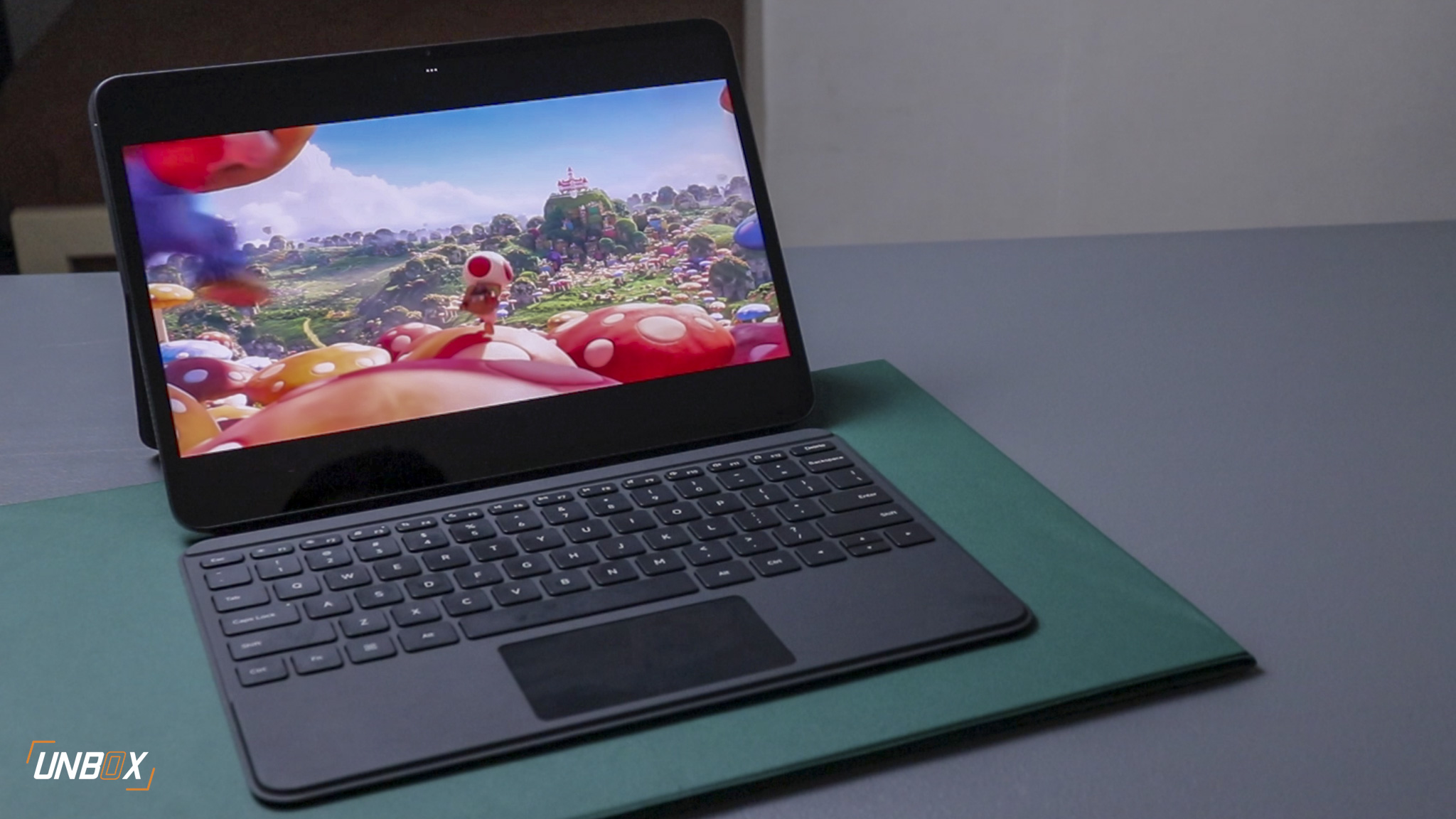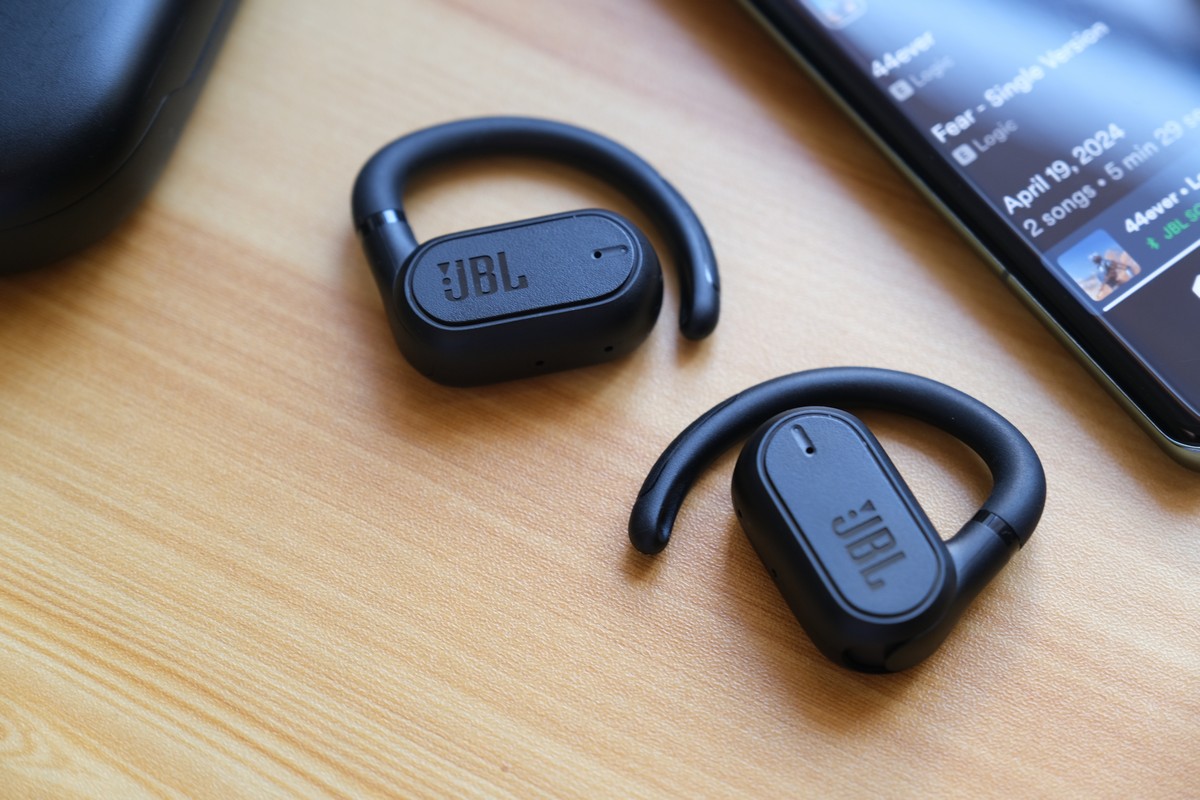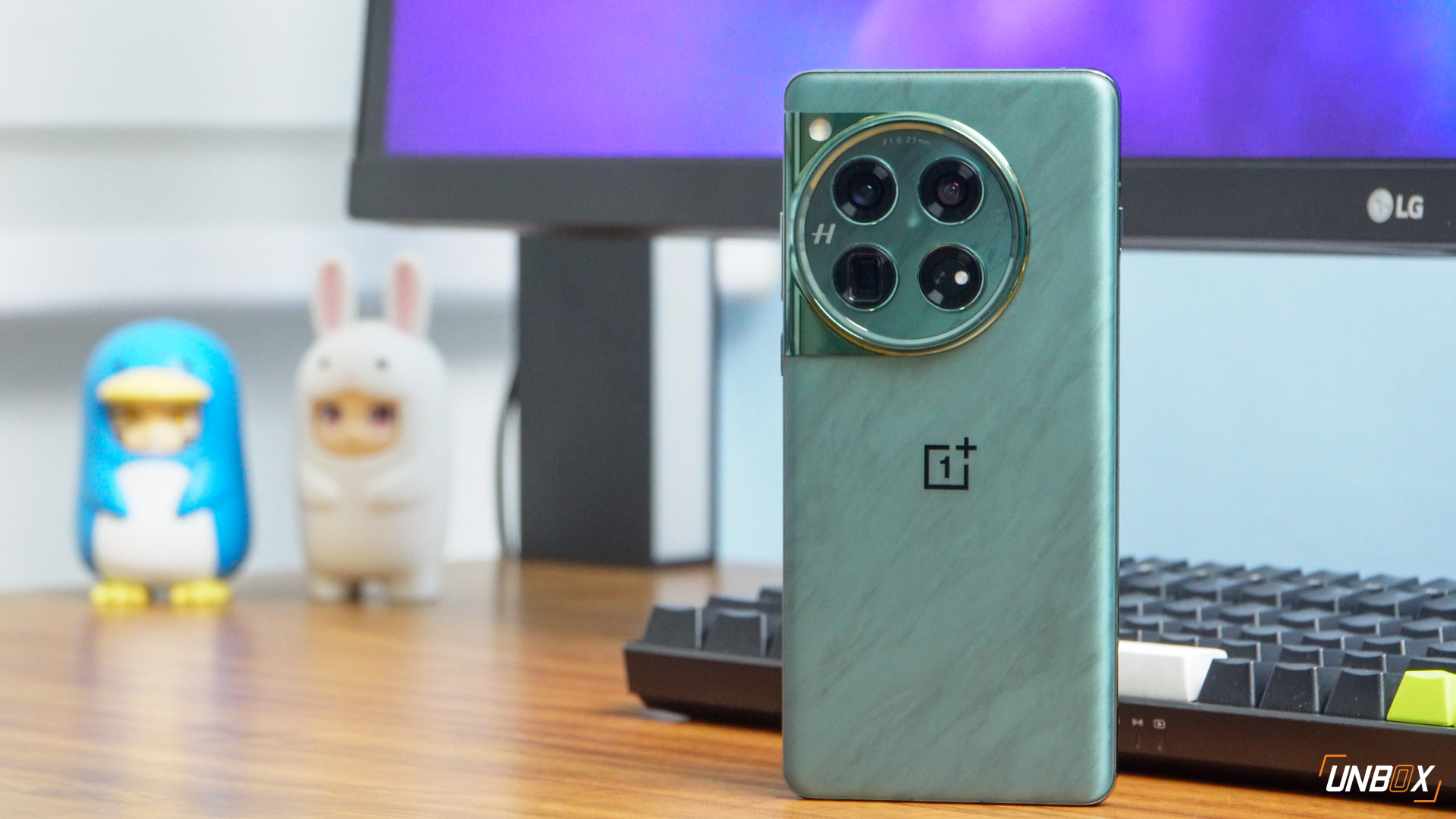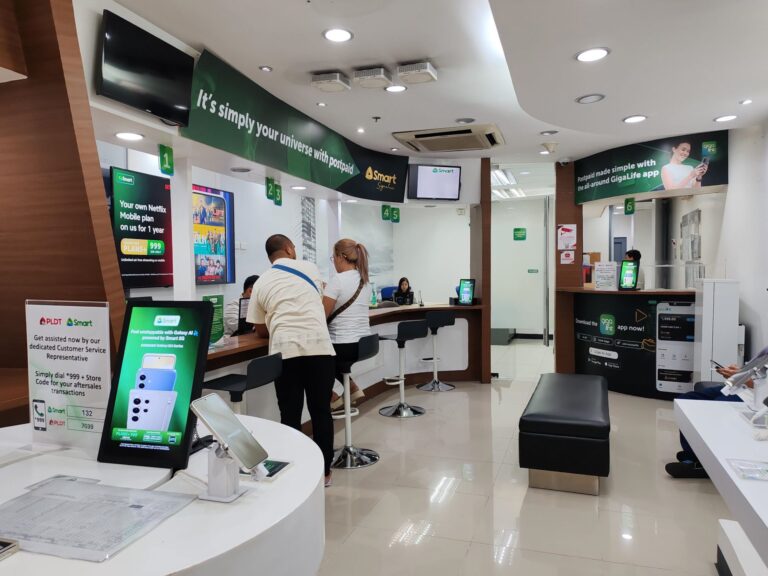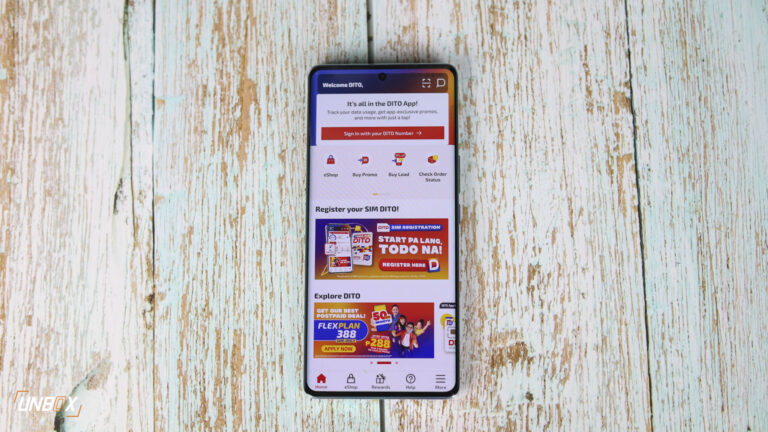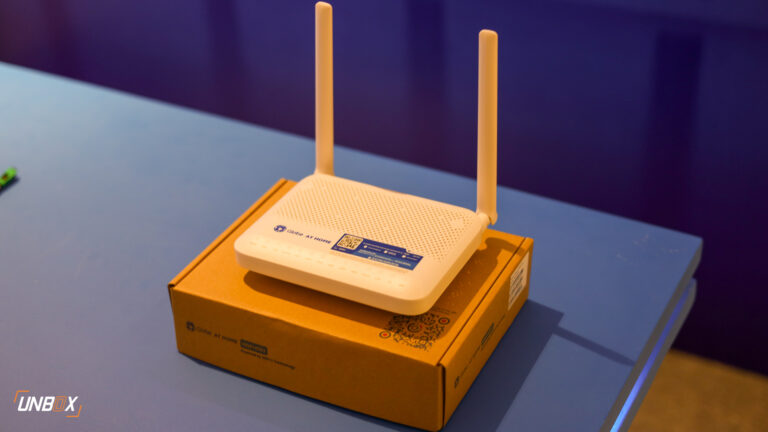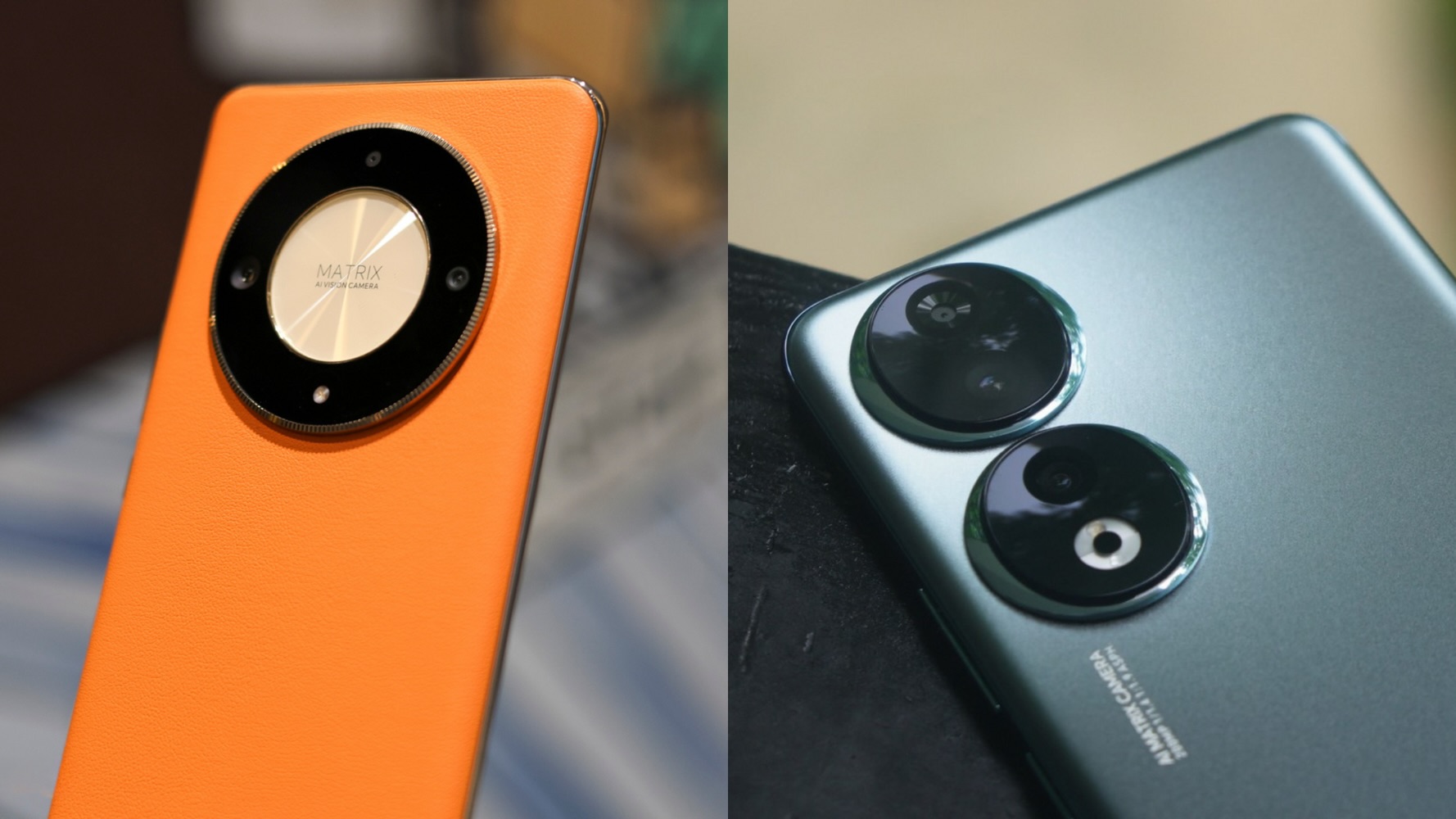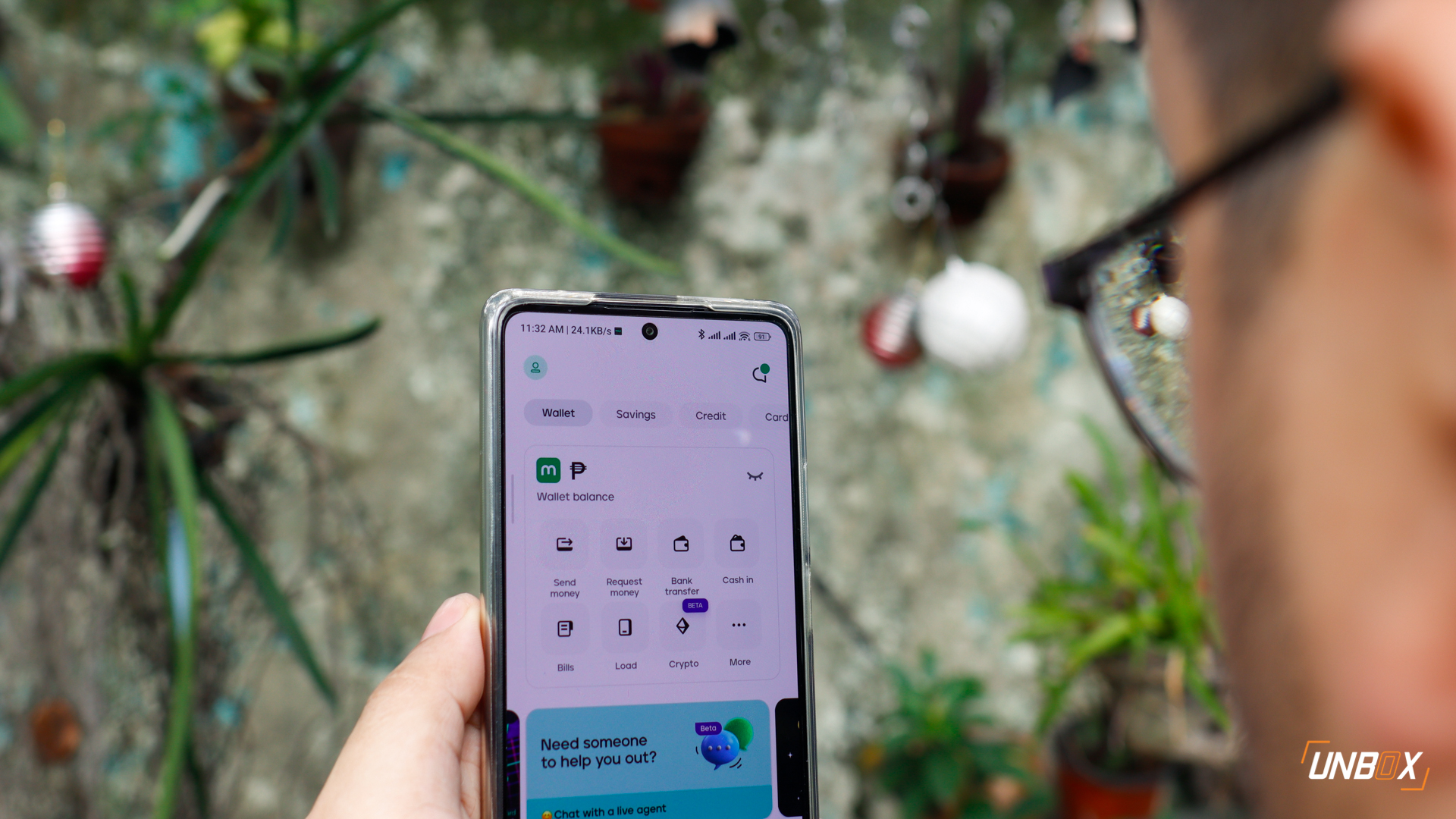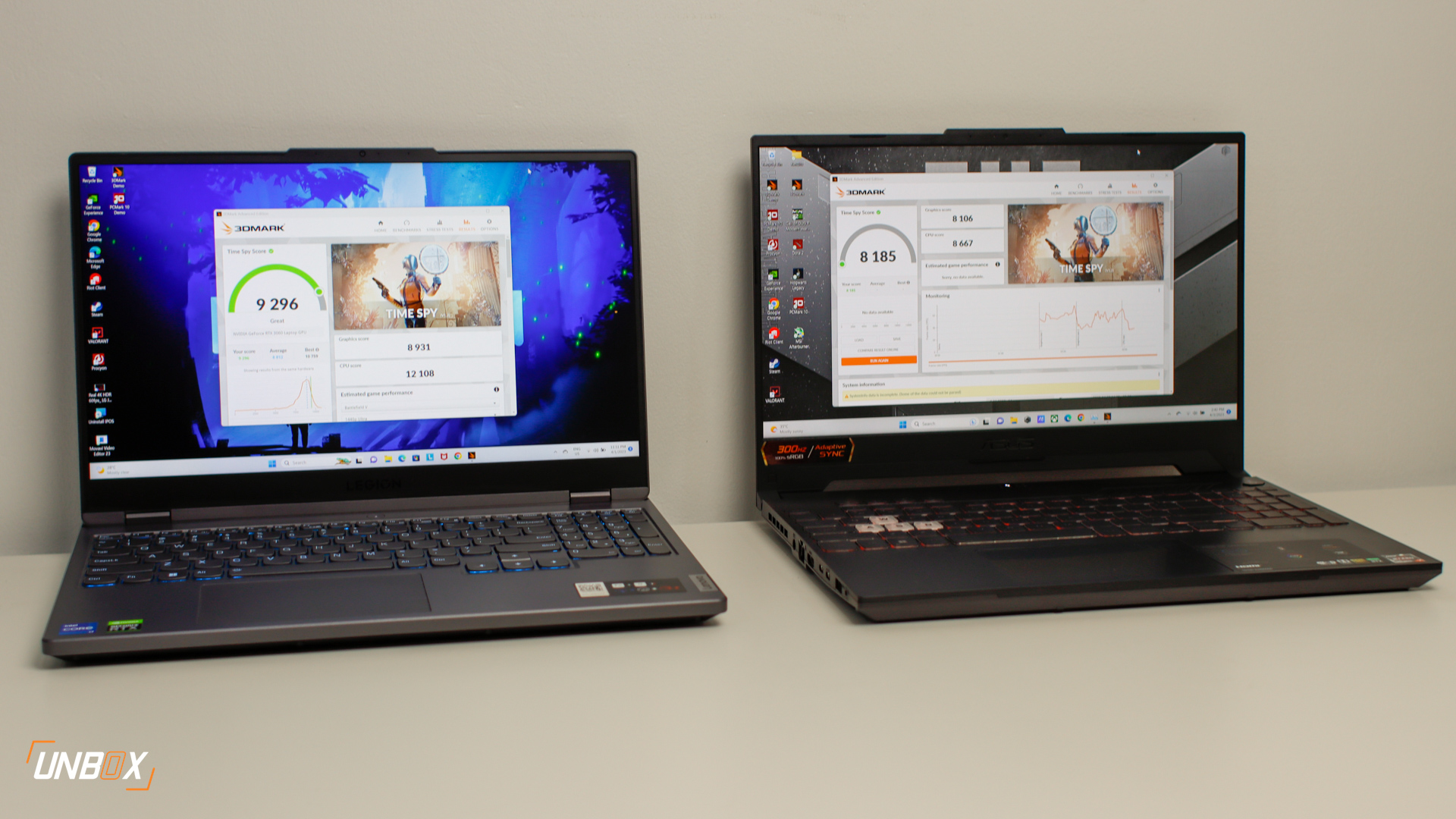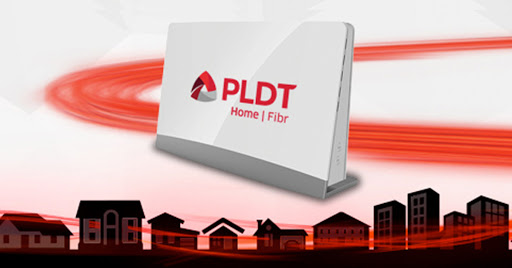 Despite the pandemic, PLDT isn’t slowing down on expanding its coverage and improving its customer’s average internet speeds. With a PHP 73 billion investment to achieve this goal in 2021, the chief revenue officer of PLDT, Alfredo Panlilio said in a press statement that the company and its wireless subsidiary Smart will continue to roll out fiber, LTE, and 5G networks with the aim of elevating Smart to global standards.
Despite the pandemic, PLDT isn’t slowing down on expanding its coverage and improving its customer’s average internet speeds. With a PHP 73 billion investment to achieve this goal in 2021, the chief revenue officer of PLDT, Alfredo Panlilio said in a press statement that the company and its wireless subsidiary Smart will continue to roll out fiber, LTE, and 5G networks with the aim of elevating Smart to global standards.
According to Panlilio the company is aiming for minimum average broadband speeds of at least 30 megabits per second (Mbps) in Metro Manila and some other key cities by 2021 through its LTE network. “We continue to improve our services, and we are not standing pat. We are not yet happy. If we can be at parity with countries like Vietnam and Thailand, that is the benchmark that PLDT and Smart are aiming for. We know that we can still get better for the benefit of our customers,” Panlilio said.
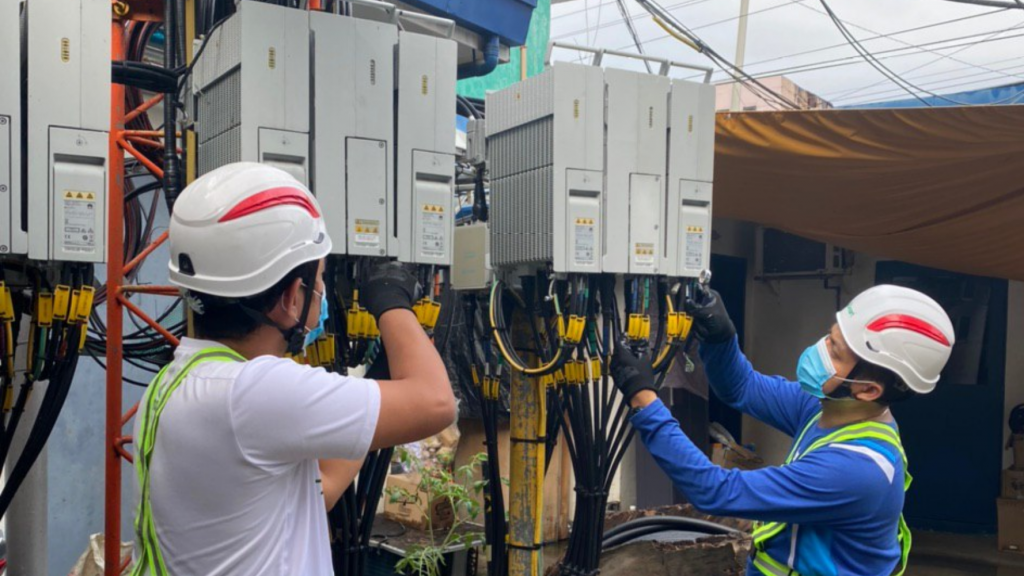
PLDT was among the telcos summoned by Malacanang early this week to submit progress reports on what they’ve done to improve their services. President Rodrigo Duterte earlier told both Globe and PLDT to “improve their services by December,” during his SONA, threatening to pull the franchises of both companies if there is no improvement by the end of the year.
PLDT has made good on its promise on their improvements, and thanks to the reduction of the permits and red tape necessary to put up infrastructure in cities and provinces, the National Telecommunications Commission (NTC) notes that PLDT has rolled out close to 100,000 kilometers of fiber lines in this year alone. That’s a lot considering that a total of 144,727 kilometers of lines were rolled out by all four broadband players in the country combined. In total, PLDT said its fiber infrastructure now spans more than 422,000 km and supports Smart’s 4G, 3G, and 2G networks. Smart’s current mobile network covers 96 percent of the population and is present in 95 percent of cities and municipalities in the country.

“As of November, Smart has also increased the number of its LTE and 3G base stations to over 58,000, increasing the number of LTE base stations by 20 percent compared to end-2019. Smart has also rolled out additional 5G sites as it accelerates its 5G commercial services nationwide,” Panlilio adds.
Moving forward, PLDT aims to serve 84 percent of the population with an average mobile data speed of 60 Mbps. PLDT with its wired broadband service, he said, targets an average of 20 Mbps aside from its planned migration of legacy DSL copper line subscribers to fiber and “fiber-like services” by 2025.





